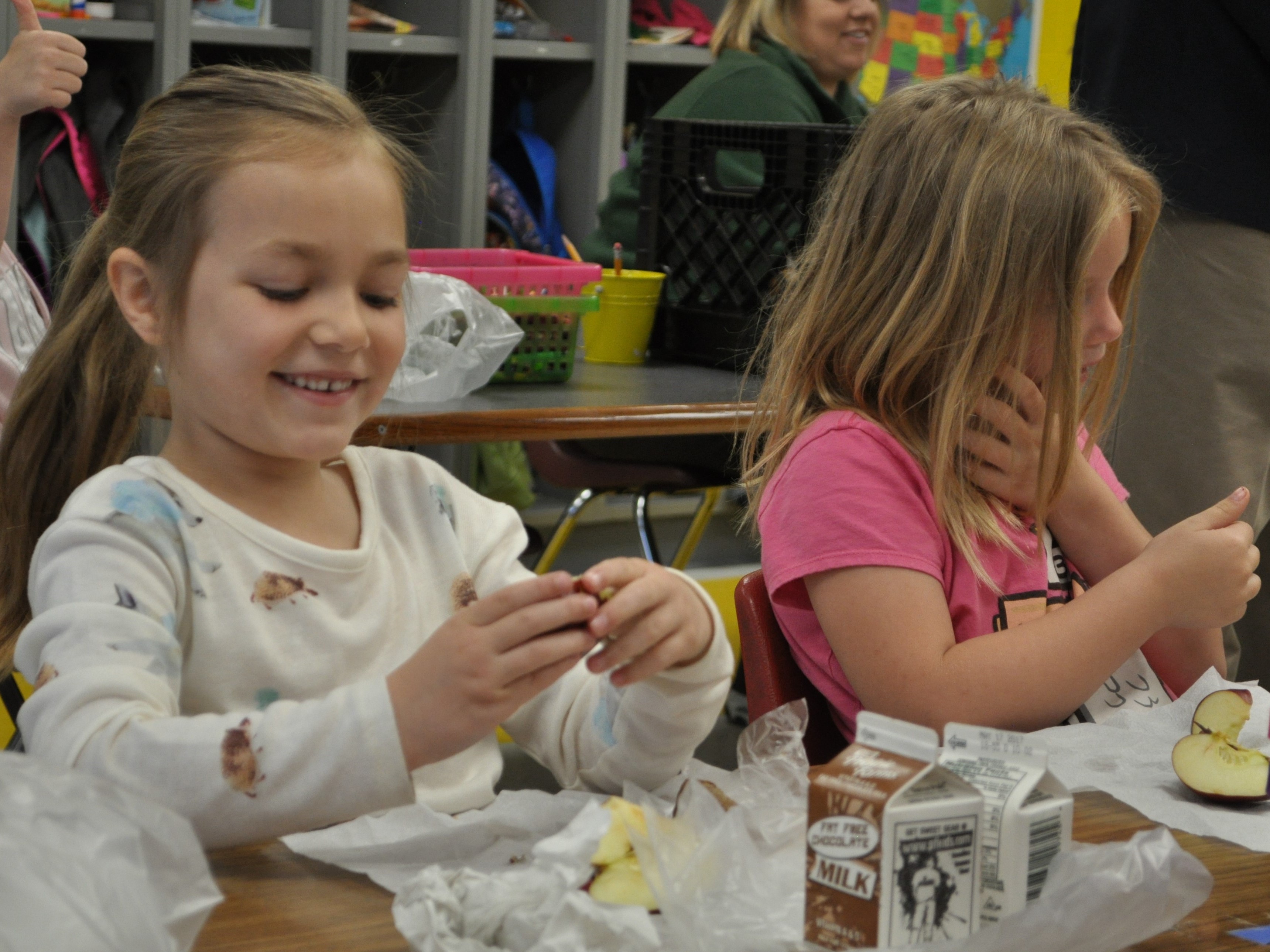Published:
February 21, 2023
Three big concerns with Breakfast in the Classroom and how to address them

Breakfast in the Classroom: A Profile
What it is:
Students have breakfast in the classroom AFTER the 1st bell rings.
How it works:
Food is dropped off at classrooms in the morning, or students can pick up a “grab and go” breakfast on their way into school. Students eat at their tables or desks. Teachers record which students eat breakfast. This sheet is returned to food service staff.
Participation rate:
Up to 70%
Potential issues:
Let’s talk about the elephant in the room with Breakfast in the Classroom. Teachers and administrators are often resistant to starting a BIC program. Why is that?
The biggest concerns tend to be…
- Breakfast cutting into instructional time
- Making the room messy and crumbs attracting pests
- More labor and equipment needed
The good news is that these concerns can be addressed with good planning and logistics!
- Instructional time: Teachers can do morning announcements, take attendance, or other housekeeping tasks before learning begins. In total, breakfast should only take 10-15 minutes.
- Making the room messy: Students should help keep their areas clean and dispose of trash. Paper towels and cleaning wipes can help quickly address spills. Floor sweepers or small handheld vacuums can be used to pick up crumbs.
- Labor and equipment: There may be some startup costs to getting insulated bags for hot and cold items, but grants may be available to help cover these expenses. Depending on their age, designated students can pick up insulated bags with perishable items and/or boxes with non-perishables and bring to their classrooms. For younger students, breakfasts will need to be delivered by a staff member. Custodians should not have extra cleaning duties within the classrooms if students are properly cleaning and disposing trash. However, they may need to pick up trash bags left outside classrooms after cleanup. All staff should be aware of their potential roles in keeping the program running smoothly. Although there is the potential for BIC to make additional work for school stoutweighed by the positive impacts of improved student behavior and academic performance.
Still not sure? Watch these videos profiling Illinois schools with successful BIC programs!
- Golder College Prep (Chicago): https://vimeo.com/354764426
- Leal Elementary School (Urbana): https://vimeo.com/289144574
- Prairie Oak Elementary School (Berwyn): https://vimeo.com/289173757
And check out these resources that include information on starting a BIC program:
- Rise & Shine Illinois’ most recent version of the Breakfast After the Bell Playbook
- USDA School Breakfast Toolkit
- National Education Association Foundation School Breakfast Toolkit


